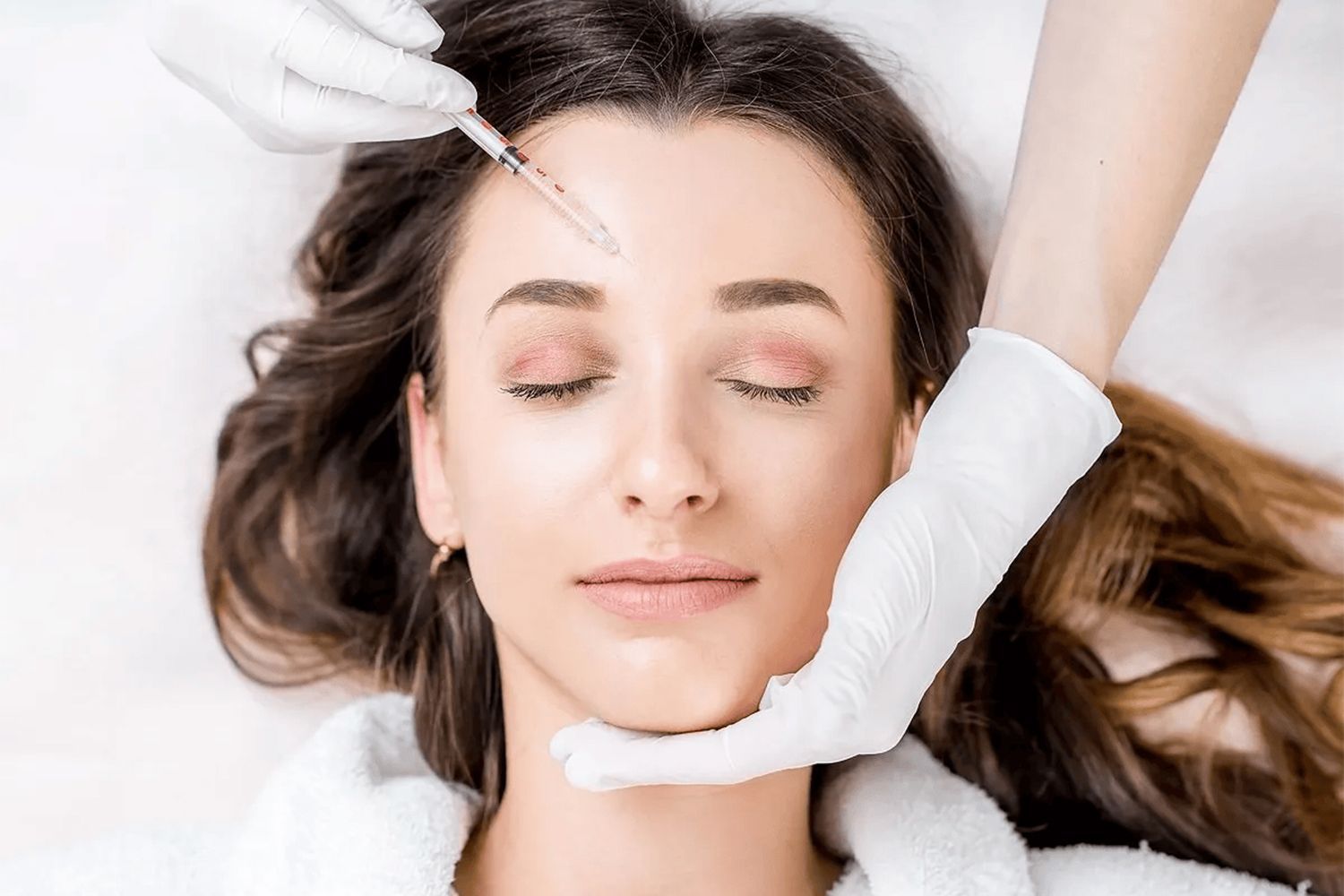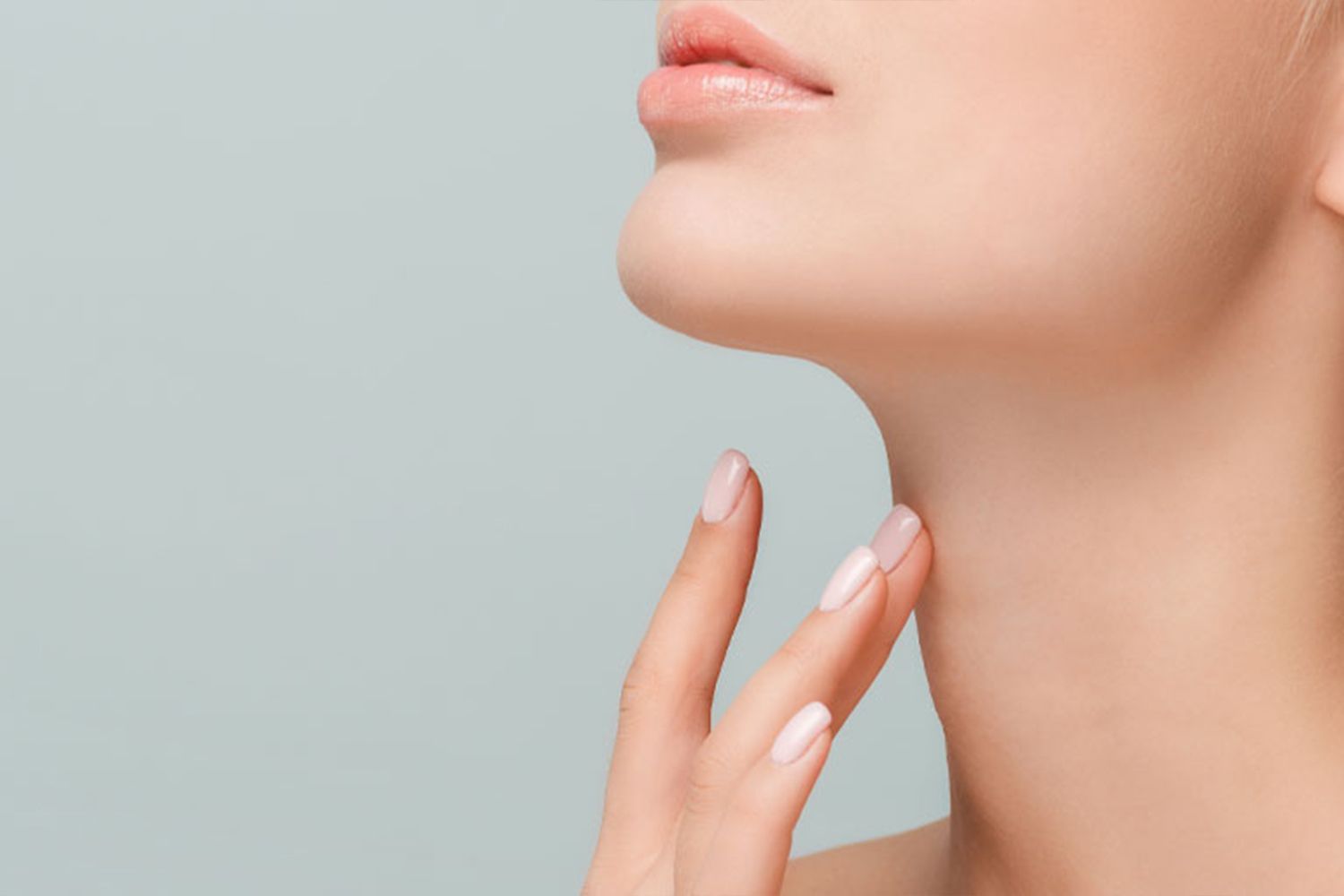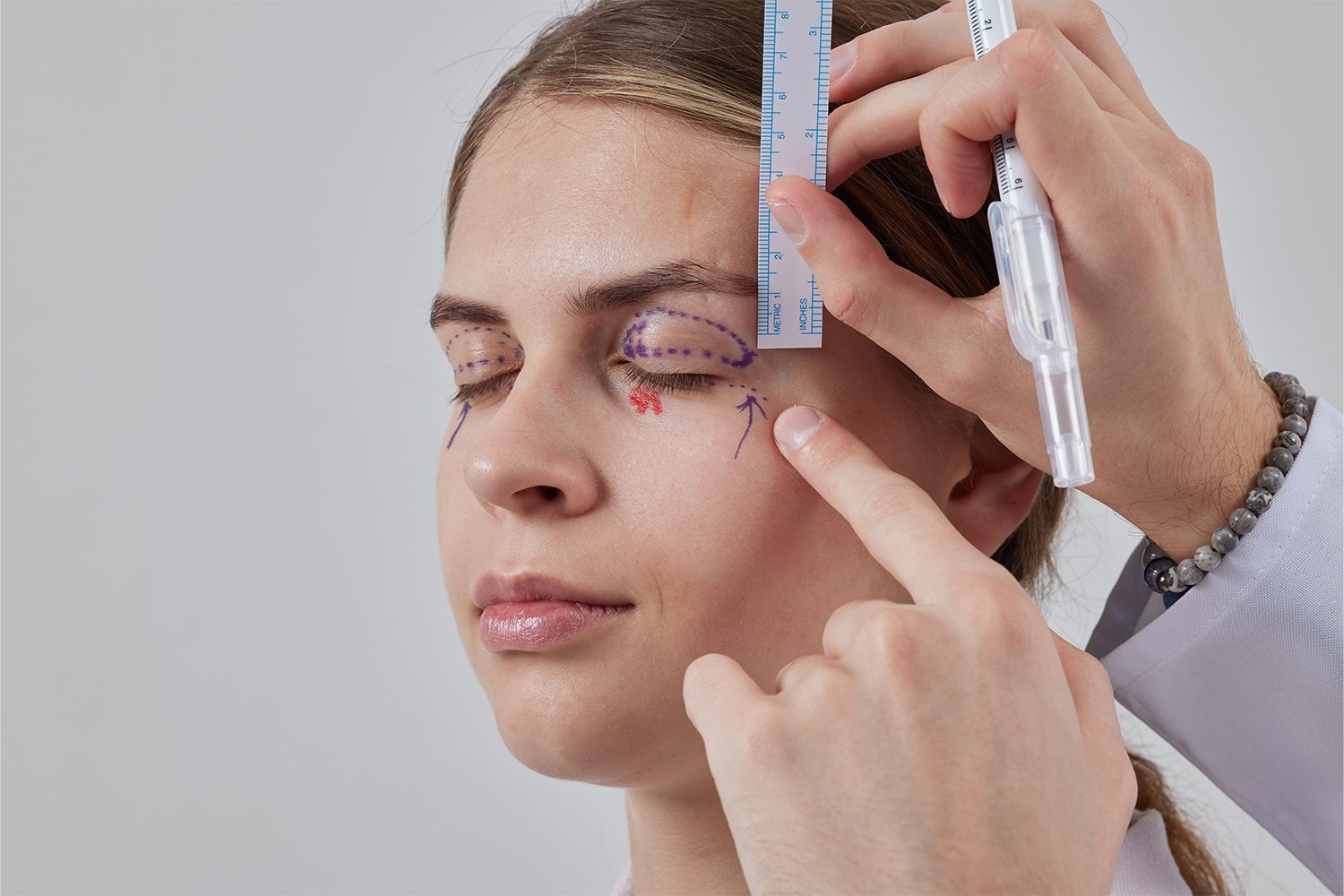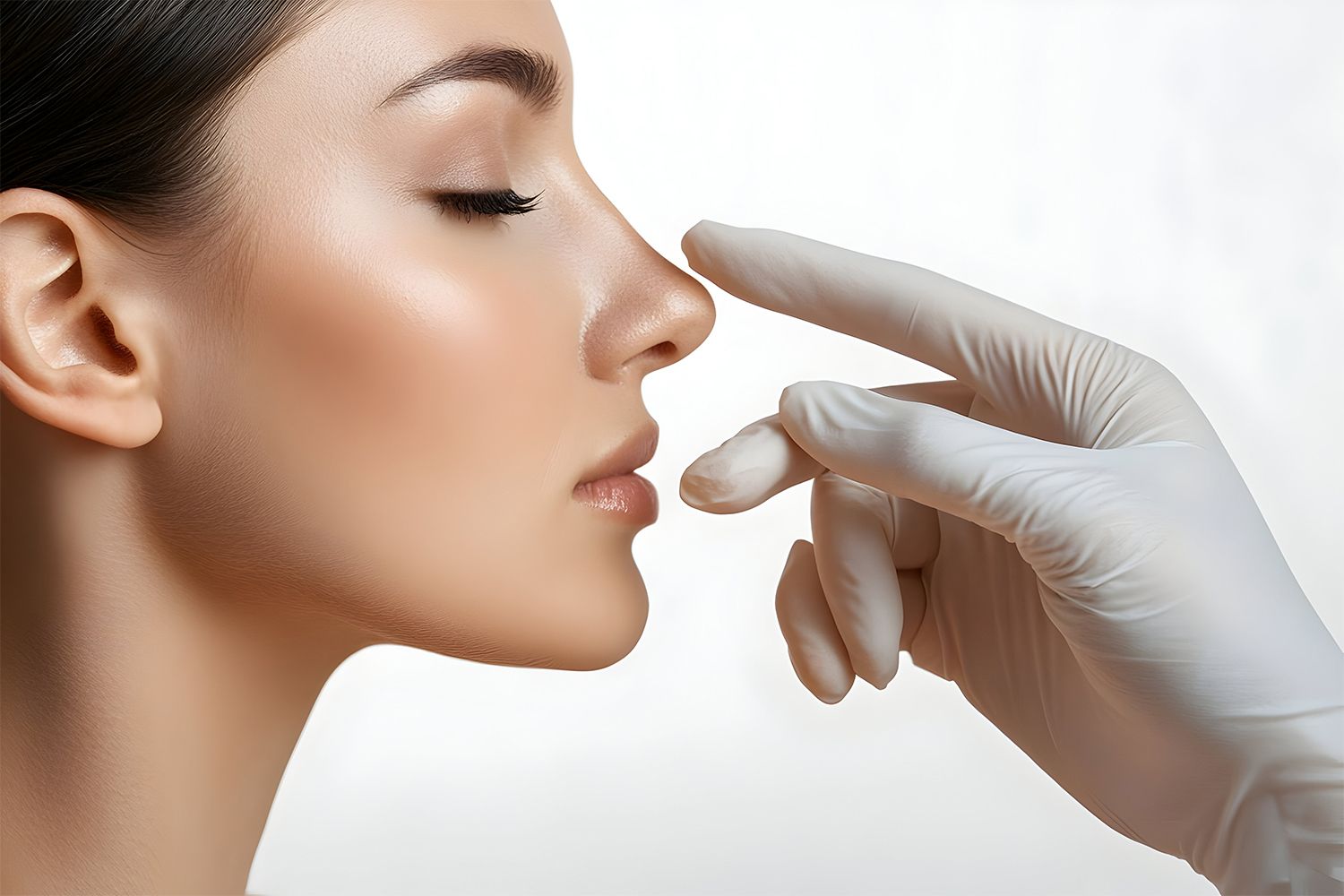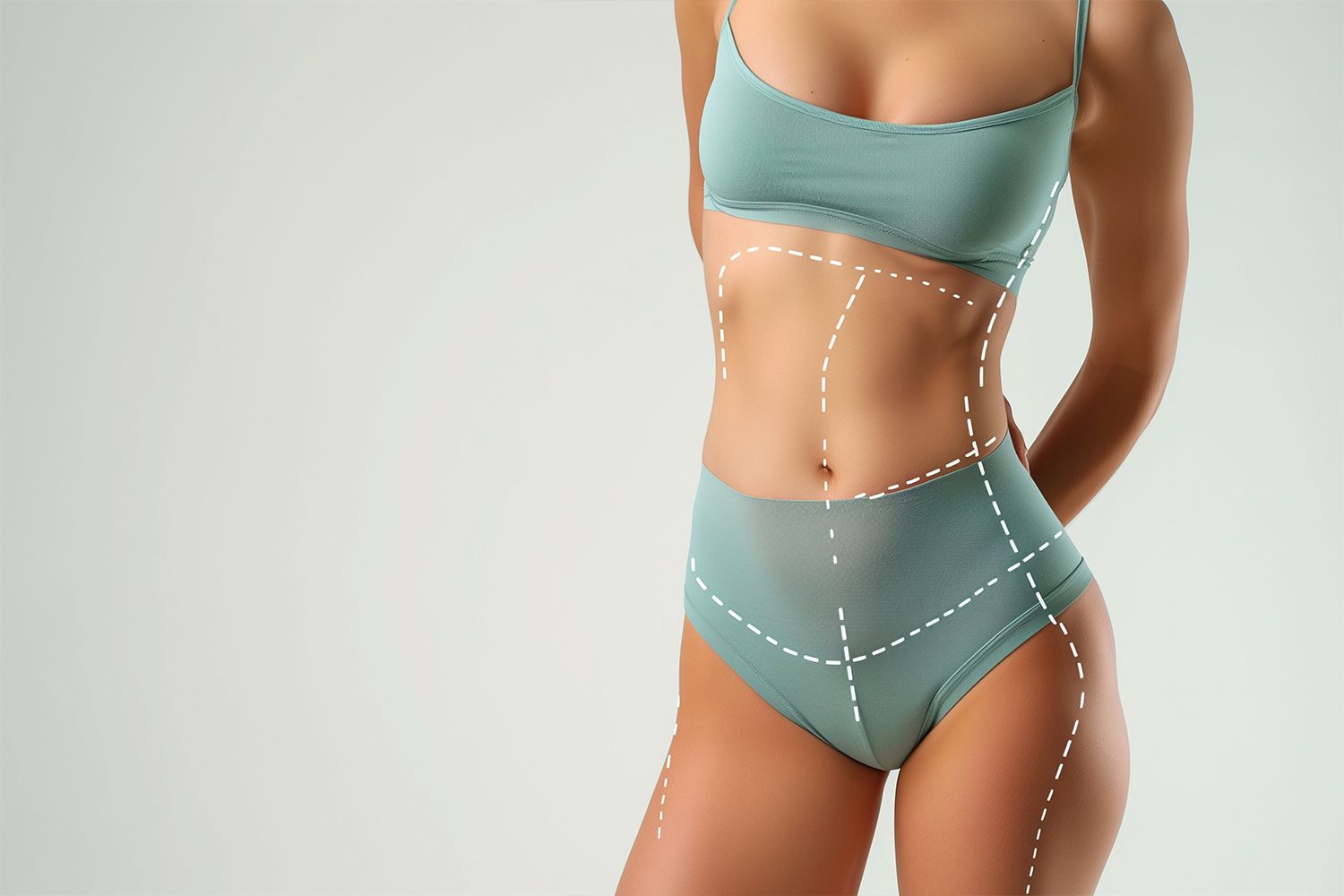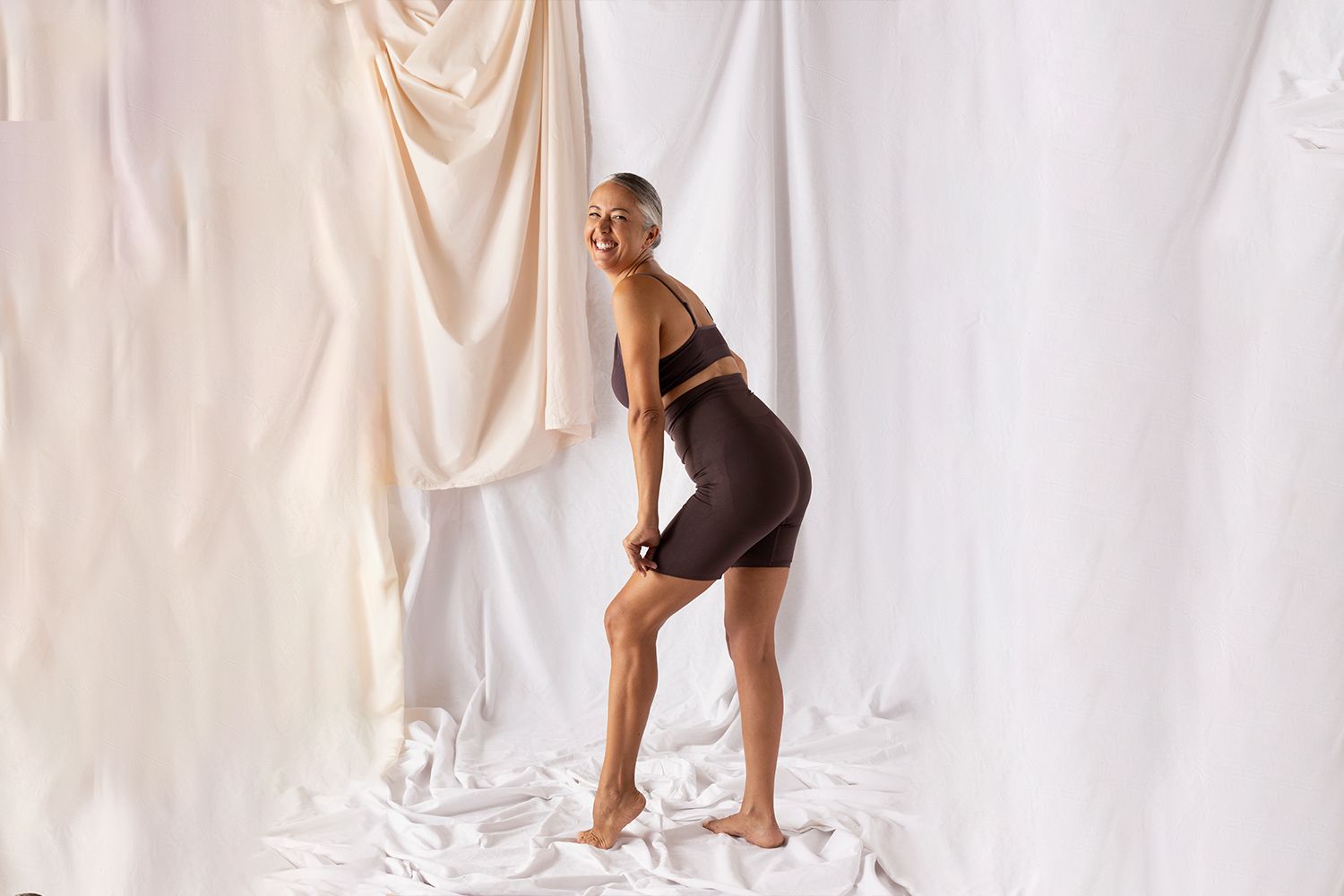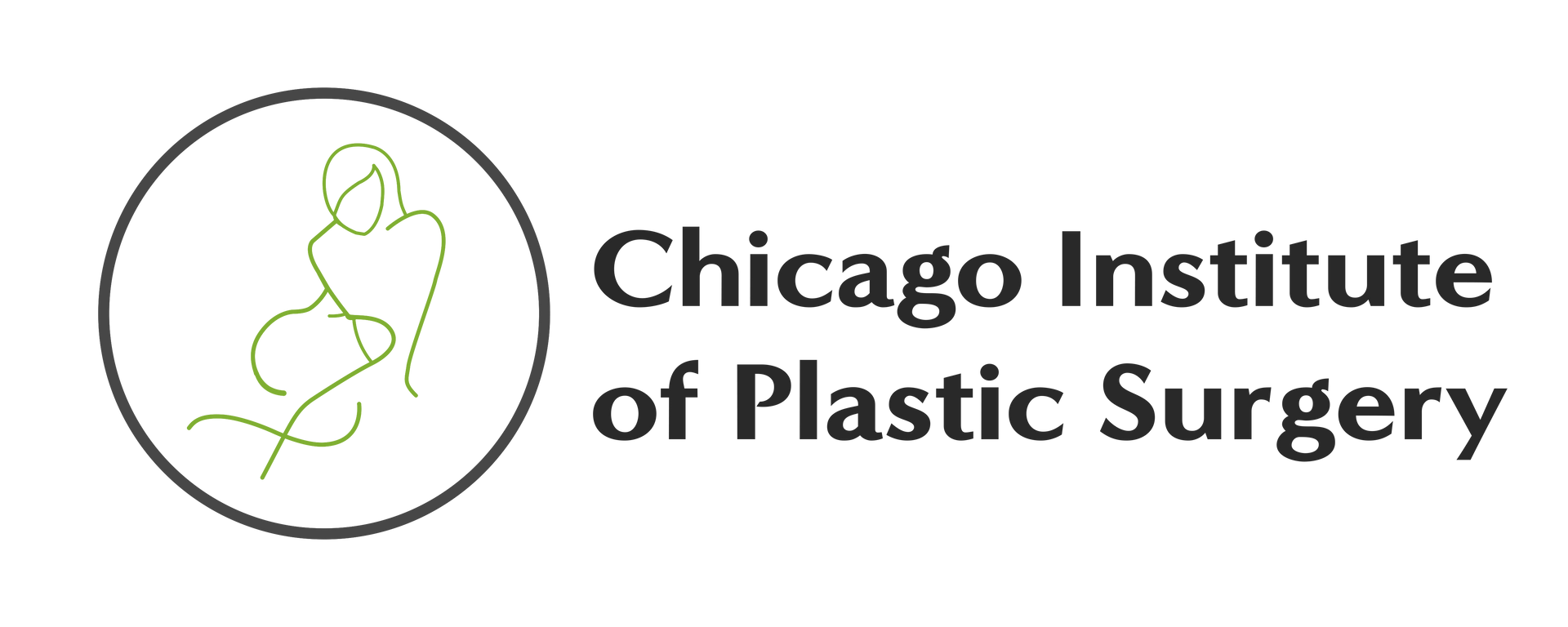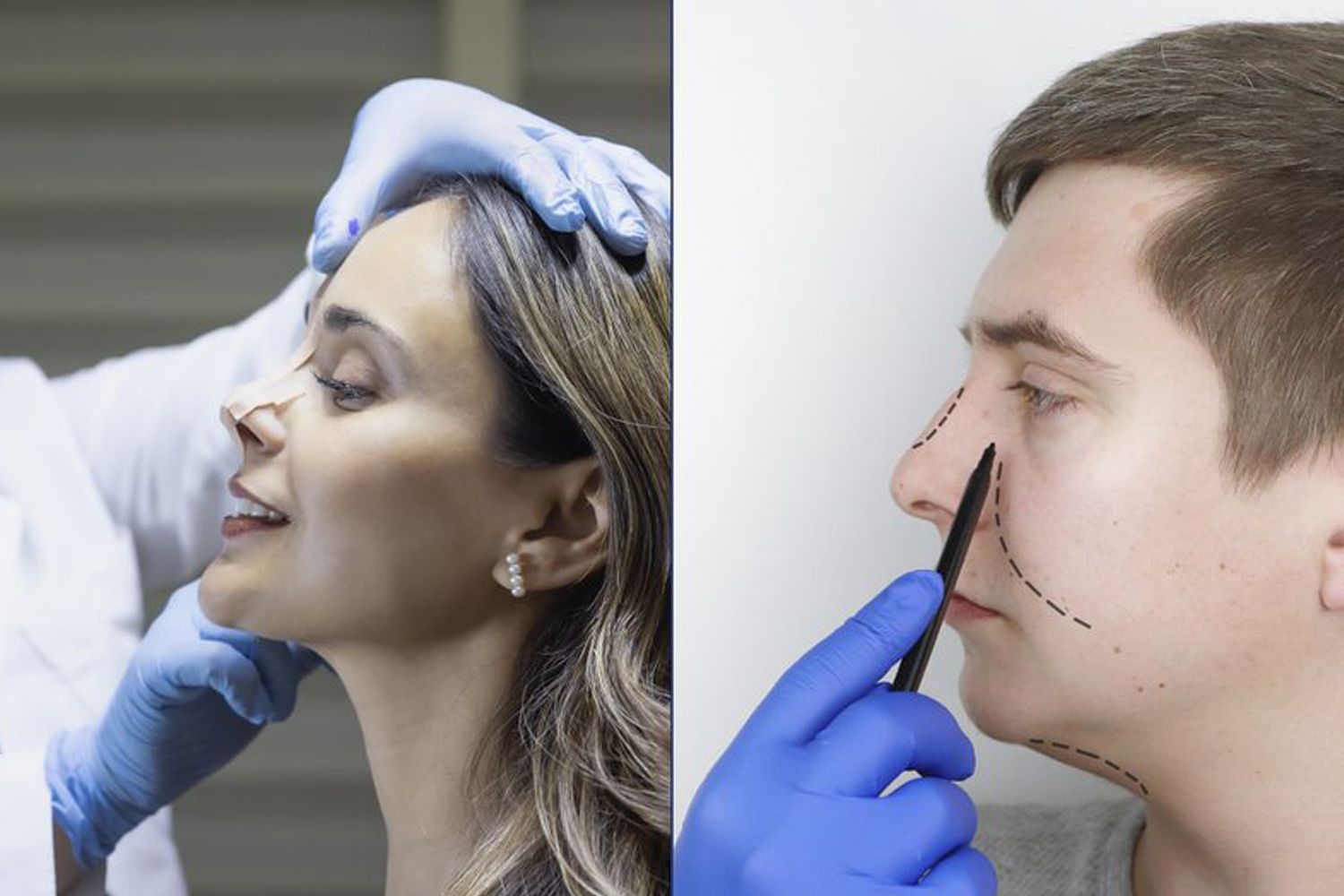Facial Structure DifferencesWhen considering rhinoplasty for women versus men, it's essential to recognize the inherent disparities in facial structures between the genders. Women typically have smaller noses with slightly more delicate features, while men tend to possess larger, more prominent noses with stronger angles. These structural differences play a significant role in determining the approach taken during rhinoplasty procedures.
For women, rhinoplasty often focuses on refining the nasal tip, reducing size, and achieving a more feminine contour. In contrast, men seeking rhinoplasty may desire a straighter profile, increased nasal projection, or a reduction in size to create a more masculine appearance.
Surgeons must tailor their techniques to address these distinct goals and enhance the overall facial harmony based on gender-specific norms.
Understanding these inherent facial structure variations is crucial in achieving optimal results in rhinoplasty for both women and men. By acknowledging and working with these differences, surgeons can help patients achieve their desired aesthetic outcomes while maintaining natural- looking results that complement their gender-specific features. Choosing the
best plastic surgeon Chicago IL
ensures that these nuanced details are carefully considered, resulting in personalized and precise outcomes.
Aesthetic Goals VariationConsidering aesthetic goals variation is crucial in tailoring rhinoplasty procedures to meet the specific desires of each individual patient, whether you're a woman or a man.
Women often seek rhinoplasty to achieve a more delicate and refined nose that complements their facial features. Common aesthetic goals for women include reducing nasal hump prominence, refining the nasal tip, and achieving overall facial harmony.
On the other hand, men typically desire a nose that maintains masculinity and strength. Male patients often aim to address a prominent nasal hump, achieve better nasal symmetry, and create a nose that enhances their facial characteristics without compromising their masculinity.
Understanding these differing aesthetic goals allows plastic surgeons to customize rhinoplasty procedures to meet the unique desires of each patient, ensuring that the outcome aligns with their vision while maintaining facial balance and harmony.
Nasal Bridge ConsiderationsTo address nasal bridge considerations in rhinoplasty, plastic surgeons must carefully evaluate your nasal structure and aesthetic goals. The nasal bridge plays a crucial role in the overall appearance of your nose, influencing both function and aesthetics.
When discussing nasal bridge considerations, surgeons analyze factors such as the width, height, and shape of the bridge. For women, a narrower and slightly curved bridge is often sought after to achieve a feminine and delicate look. On the other hand, men may opt for a
straighter and wider bridge to convey a more masculine appearance.
In some cases, patients may desire a reduction in the nasal bridge hump or a more defined bridge. Surgical techniques like osteotomies or grafting may be utilized to address these concerns effectively.
Communication with your surgeon is key to ensure your nasal bridge goals align with what's surgically achievable while complementing your overall facial harmony. By discussing your preferences openly, you can work together to achieve the desired outcome for your rhinoplasty.
Consulting with the
best cosmetic surgeon in Chicago
ensures you receive expert guidance and care throughout your journey.
Tip Refinement VariancesFor a tailored rhinoplasty outcome, plastic surgeons carefully assess the variances in tip refinement to meet your aesthetic objectives effectively.
Tip refinement in rhinoplasty differs between men and women, with distinct considerations for each gender. In women, the goal often involves achieving a refined and slightly upturned tip to enhance femininity and balance facial features. Surgeons focus on creating a
delicate, natural- looking tip that complements the overall facial aesthetics.
On the other hand, men typically desire a more angular and defined tip to maintain or enhance a strong, masculine appearance. This may involve subtle adjustments to the tip to create a sharper contour while preserving a natural look.
Understanding these gender-specific preferences is crucial in delivering satisfying results. By tailoring the tip refinement to align with your gender and aesthetic goals, plastic surgeons can help you achieve a harmonious and balanced nasal appearance that enhances your overall
facial harmony.
Skin Thickness Varied ImpactSkin thickness plays a significant role in the outcomes of rhinoplasty procedures, impacting the results of tip refinement differently for men and women. In men, typically having thicker skin compared to women, achieving precise tip definition can be more challenging. Thicker skin tends to obscure the underlying nasal structures, making it harder to create sharp and defined nasal tips. This can result in a less pronounced or slightly rounded tip post-surgery.
On the other hand, women with thinner skin usually showcase more defined nasal tips after rhinoplasty due to the skin's ability to conform closely to the reshaped nasal framework. Surgeons must consider these skin thickness variations when planning and executing rhinoplasty procedures to ensure that the desired outcomes, such as delicate tip refinement, are nachieved effectively.
Understanding how skin thickness influences the final results is crucial for tailoring the surgical approach to each patient's unique anatomical characteristics. Gender-Specific Symmetry Priorities Achieving facial symmetry in rhinoplasty procedures differs in priority between men and women. For women, the emphasis often lies in achieving a refined and delicate balance in the nasal profile. This means that achieving a symmetrical and elegant appearance is crucial. Women tend to prioritize a nasal shape that complements their other facial features and enhances overall aesthetic harmony.
On the other hand, men typically prioritize achieving a straighter and more prominent nasal profile. Symmetry is essential, but the focus often leans towards creating a strong and masculine appearance. This may involve addressing issues such as a dorsal hump or a droopy nasal tip to achieve a more angular and defined look.
Understanding these gender-specific symmetry priorities is crucial for plastic surgeons performing rhinoplasty procedures. By tailoring the approach to meet the unique aesthetic goals of each gender, surgeons can help patients achieve the desired outcome while maintaining
facial balance and harmony.
Ethnicity Influence on OutcomesThe influence of ethnicity on rhinoplasty outcomes is a significant factor to consider in surgical planning and achieving patient satisfaction. Different ethnicities have unique nasal structures and features that must be taken into account during the rhinoplasty process.
For example, individuals of African, Asian, Hispanic, or Middle Eastern descent may have wider nasal bridges, thicker skin, or different cartilage structures compared to those of Caucasian descent. Surgeons need to have a deep understanding of these ethnic variations to deliver optimal results that align with the patient's aesthetic goals while still maintaining their ethnic identity.
Furthermore, cultural preferences and beauty standards also play a role in how rhinoplasty outcomes are perceived within different ethnic groups. What may be considered aesthetically pleasing in one culture may not necessarily be the same in another.
Therefore, clear communication between the patient and the surgeon is crucial to ensure that the desired outcomes align with both the patient's preferences and their cultural background.
Functional Concerns Addressed DifferentlyUnderstanding how functional concerns are addressed differently based on gender is key in tailoring rhinoplasty procedures to meet the specific needs of women and men.
When it comes to women, functional concerns in rhinoplasty often involve maintaining or improving breathing while enhancing the aesthetic appearance. Women usually seek refinement in the nasal structure without compromising function, aiming for a delicate and natural result.
On the other hand, men often prioritize functional aspects that support their active lifestyles. In male rhinoplasty, maintaining or enhancing nasal airflow for optimal breathing is crucial, especially for those engaged in sports or physical activities. Surgeons may focus on strengthening the nasal structure to withstand potential trauma in men's rhinoplasty procedures.
Understanding these gender-specific functional concerns allows for a more personalized approach in addressing the unique needs of women and men undergoing rhinoplasty, ensuring both aesthetic enhancement and functional improvement.
Recovery and Aftercare VariancesOpt for a tailored recovery plan based on gender-specific differences in rhinoplasty aftercare needs. While the general recovery process after a rhinoplasty procedure remains similar for both men and women, there are nuances that should be considered based on gender.
Brazilianbutt lift surgery in Chicago
is another procedure where personalized aftercare plays a crucial role in achieving optimal results.
Men tend to have thicker skin and more prominent nasal structures, which may result in longer- lasting swelling and potentially require more time for the final results to be visible. Consequently, male patients may benefit from a slightly longer recovery period to allow for this
additional swelling to subside fully.
On the other hand, women often desire more refinement in the nasal tip area and may opt for subtle changes that require delicate care post-surgery. This may involve specific techniques to address the nuances of the female nasal structure and aesthetic preferences. Additionally, women may be more inclined to seek detailed aftercare instructions to ensure that their results align with their aesthetic goals.
Understanding the differences between rhinoplasty procedures for women and men is crucial for achieving optimal results.
Tailoring techniques to align with gender-specific aesthetic goals and anatomical features ensures that each patient's desires are met while maintaining facial harmony.
By considering factors such as nasal structure, tip refinement, skin thickness, and ethnicity, surgeons can customize rhinoplasty procedures to address individual needs effectively.
It's essential to prioritize gender-specific variations to achieve successful outcomes for both women and men.

